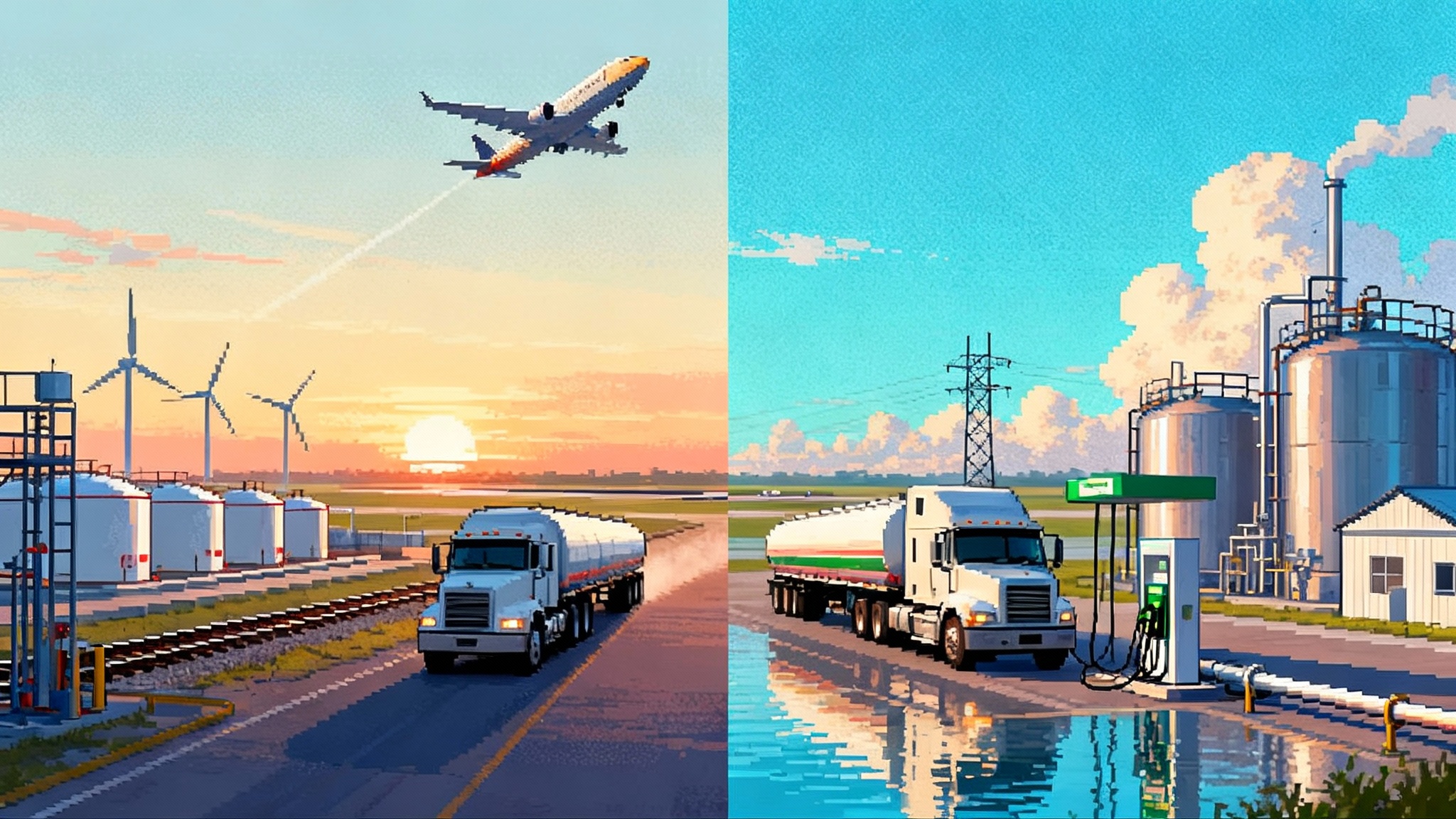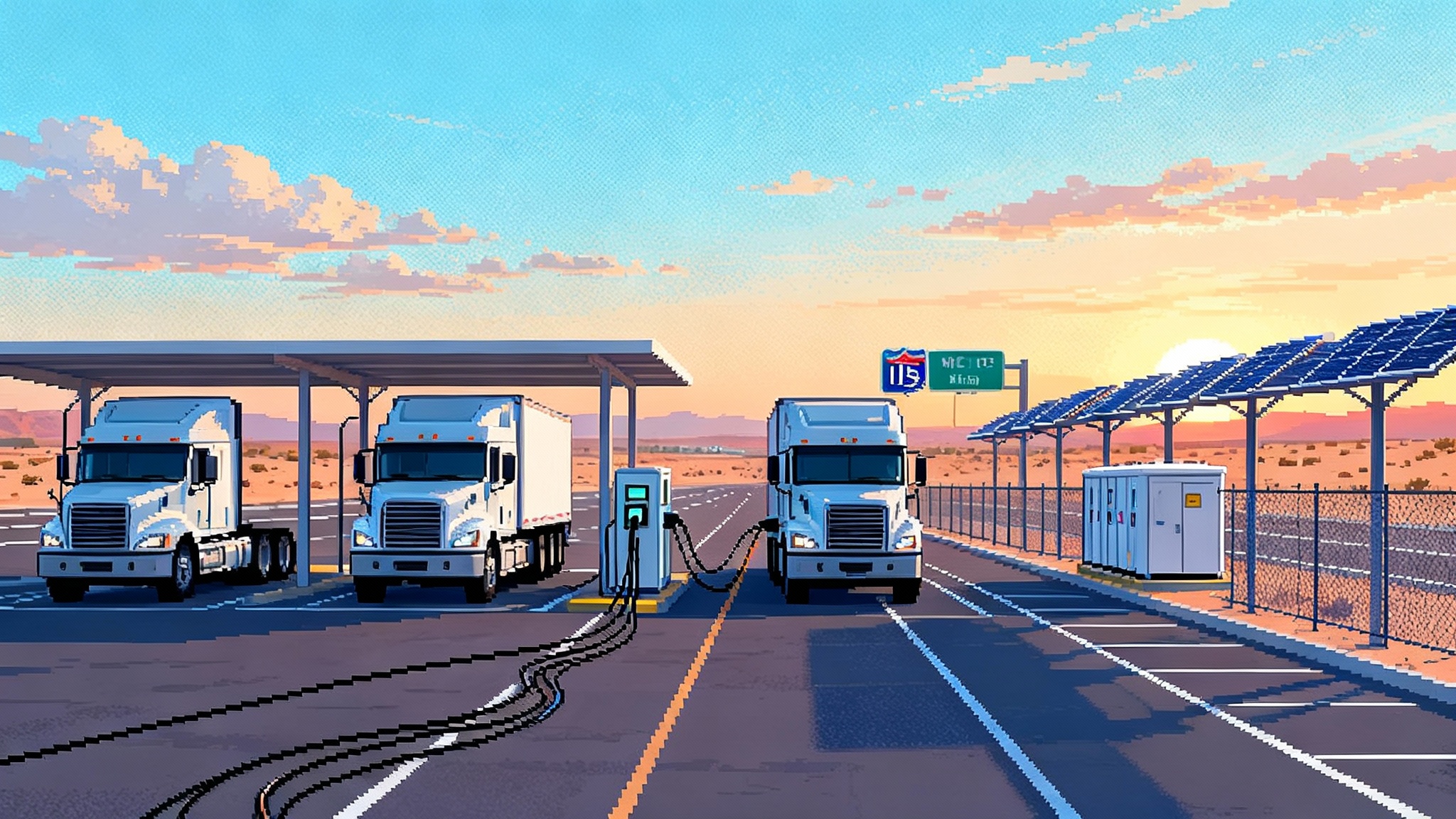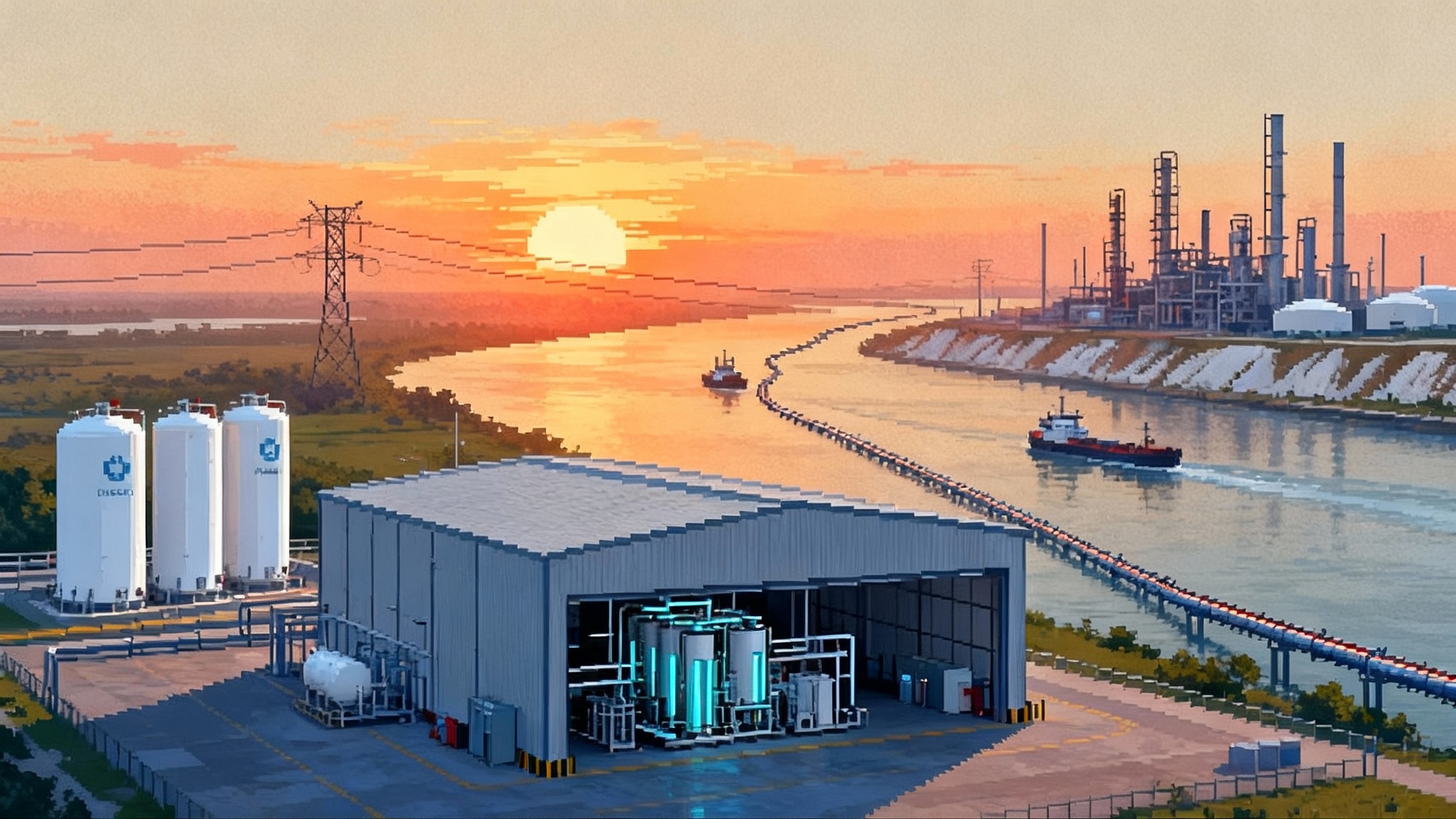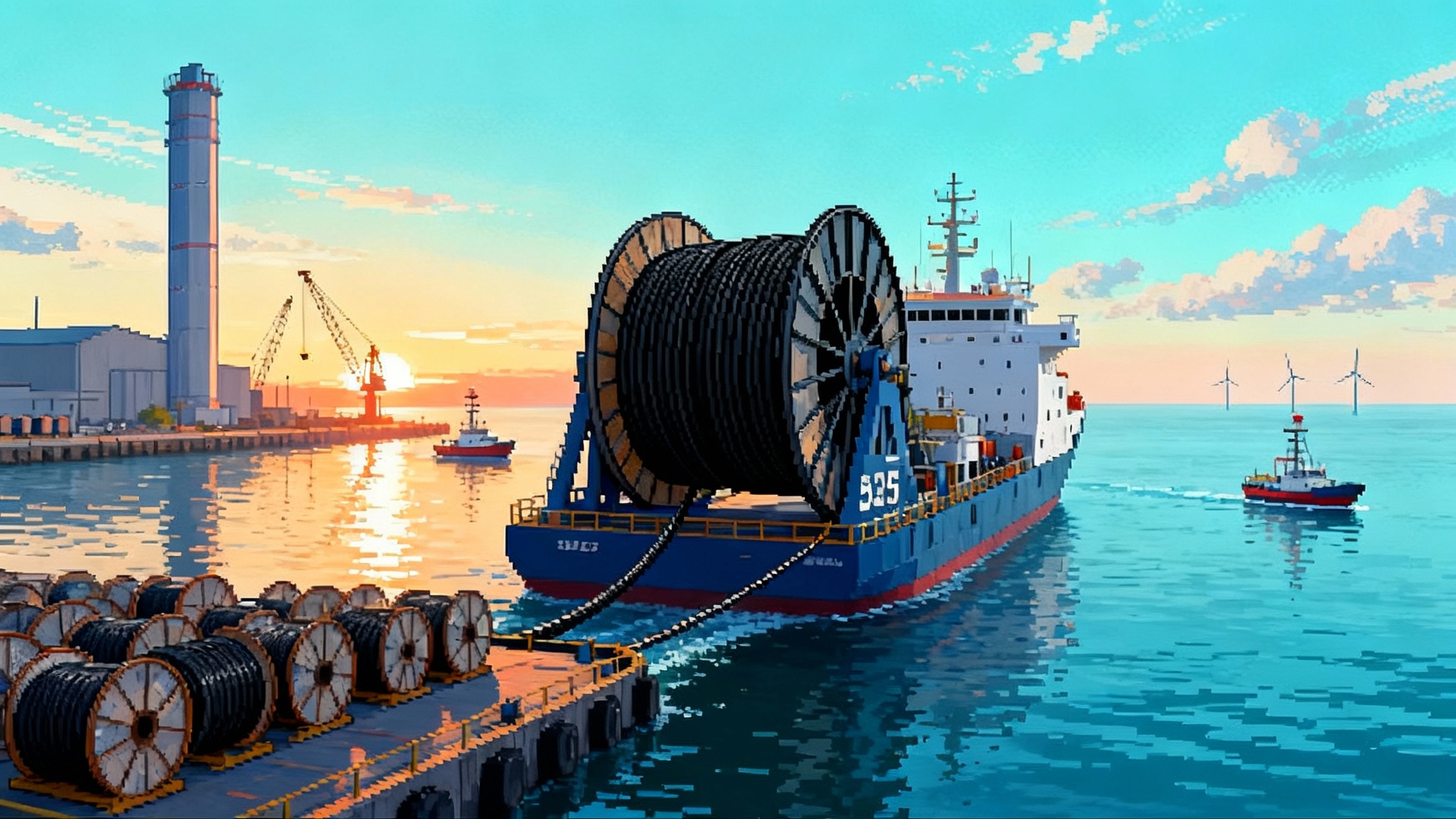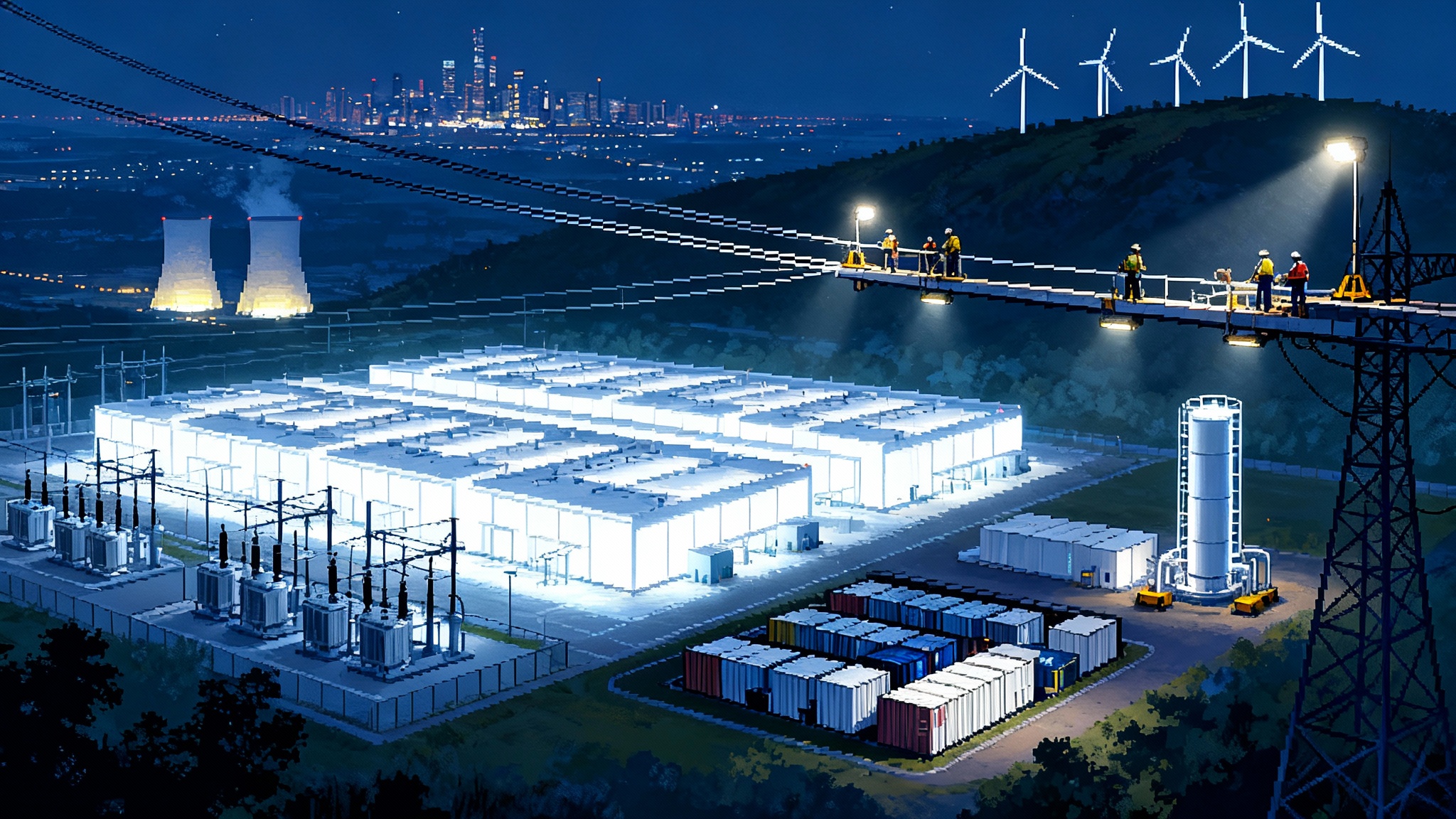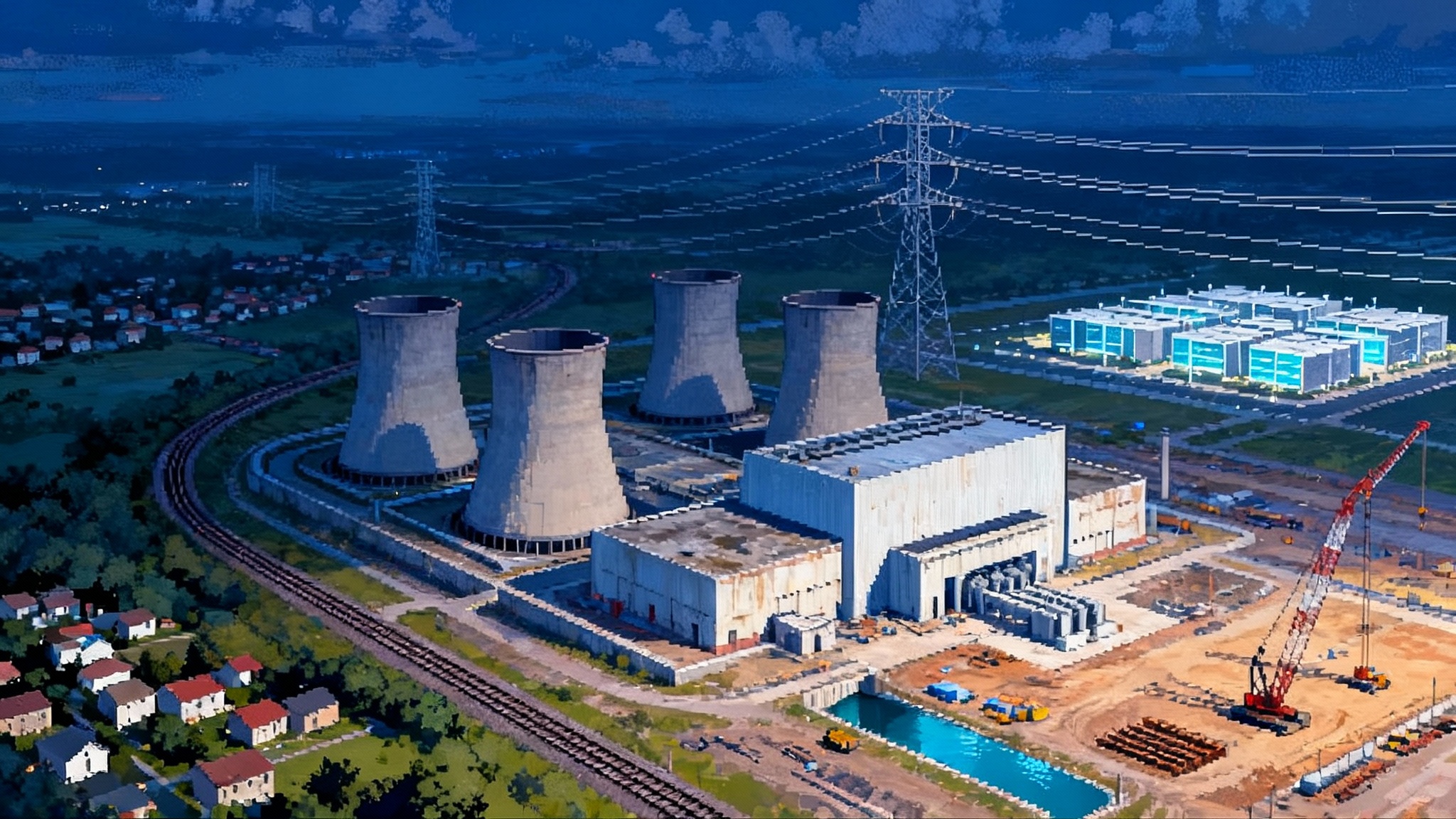Methane’s New Price Tag After Congress Killed the Fee in 2025
Congress voided EPA’s methane fee rule in March 2025 and EPA removed it in May. The statute still points to a charge, but the real price on leaks now comes from federal standards, state rules, EU buyer requirements, and satellites. Here’s the 2025 to 2027 playbook to turn compliance into premium access and cheaper capital.

Breaking: the fee is gone, but the bill is not
On March 14, 2025, the White House signed a joint resolution of Congress that disapproved the Environmental Protection Agency’s final rule for the Waste Emissions Charge. On May 12, 2025, the agency removed that rule from the Code of Federal Regulations. Both actions are posted on the official EPA Waste Emissions Charge update page. The legal twist is that Congress did not strike the underlying statute. Section 136 of the Clean Air Act still points to a charge on methane emissions from petroleum and natural gas facilities. The rule that described how to calculate and collect the charge is gone, the law that says a charge must exist is still there.
So who is setting the real price on methane leaks in the United States today? The answer is a new coalition of forces. Think of it like a traffic system where the city removed one speed camera but left the speed limit in place. Drivers still slow down because there are police on the highway, stricter rules in the next town, and a helicopter watching from above. For oil and gas operators, those “police, towns, and helicopters” are federal performance standards, state requirements, buyer rules in Europe, and an always-on satellite layer that flags big leaks to the world.
This shift changes tactics. Instead of preparing for a line item tax bill, leading operators are building measurement-based programs, upgrading equipment that vents by design, and writing new contract language for European buyers. Do it right and the reward is not only compliant operations but also premium market access and a lower cost of capital. For the broader finance context, see how tech-neutral credits reshape finance.
What now drives outcomes
1) EPA performance standards still apply
EPA’s methane and volatile organic compound standards for the oil and gas sector remain in force. In July 2025, the agency issued an interim final rule that extended several deadlines, and it pushed the start of the Super Emitter Program to January 22, 2027. That did not erase the standards. New and modified sources have to meet the requirements in Subpart OOOOb. States are developing plans under Subpart OOOOc for existing sources. The effect is simple. Operators still need robust leak detection and repair, controlled storage vessels, compliant flares or enclosed combustors, and better pneumatic devices.
Two practical implications follow. First, enforcement can move faster where deadlines have not been extended, especially for straightforward equipment standards. Second, even where schedules shifted, investors and counterparties assume the core controls are coming. Treat EPA’s rule as a floor, not a ceiling.
2) Europe is turning buyer requirements into the new gatekeeper
The European Union’s methane regulation is now shaping global gas trade. From May 2025, importers must provide qualitative information about where hydrocarbons originated and what monitoring, reporting, verification, and leak detection measures were applied. Beginning January 1, 2027, for contracts signed or renewed after August 4, 2024, importers must show that the gas was produced under monitoring, reporting, and verification that is equivalent to the EU’s regime, or at an OGMP 2.0 Level 5 standard with independent verification. From August 2028, importers must report the methane intensity of the gas. These milestones are summarized on the European Commission’s page outlining the EU importer MRV timeline.
For United States producers, that means the export premium will accrue to barrels and molecules that come with measurement-based data and third-party assurance. It also means contract teams need to embed methane provisions in purchase and sales agreements that match the EU timeline.
3) States are tightening the screws
Colorado’s Air Quality Control Commission adopted rules on February 21, 2025 that phase out natural gas-driven pneumatic controllers and pumps statewide. In ozone nonattainment areas the phaseout moves quickly, with a 50 percent milestone by May 2026 and 100 percent by May 2027. In the rest of the state, operators must hit 25 percent by May 2026, 50 percent by May 2027, 75 percent by May 2028, and 100 percent by March 2029. The practical signal is that low- and zero-bleed devices are not optional in Colorado, they are a schedule.
New Mexico already requires operators to capture 98 percent of produced gas by December 31, 2026. The rule prohibits routine venting and flaring, and it covers both upstream and midstream facilities. New Mexico has also demonstrated active enforcement through settlements and audits. If you operate in the Permian, the state line is not an escape route, it is a different set of penalties.
4) Satellites have made methane visible, and visibility sets price expectations
More than two dozen satellites can now detect methane plumes or concentrations. Sensors such as Sentinel 5P scan broad areas, and high resolution systems like GHGSat and Carbon Mapper can zoom in on specific facilities. The result is a growing stream of public alerts about super emitter events. Even with cloud cover and other limitations, the direction of travel is clear. Whether through a government data portal or a non-profit alert system, a large release will likely be noticed. Investors, insurers, and buyers are recording those signals and adjusting the spread they demand.
The operator playbook for 2025 to 2027
Below is a practical plan to turn compliance into premium market access and cheaper capital. The focus is not only the what but the how, with concrete steps and sequencing. For another sector’s execution blueprint, see our 2025 to 2027 megawatt charging playbook.
1) Build a measurement-first emissions ledger that matches OGMP 2.0 Level 4 and 5
Measurement beats estimation because it creates bankable information. OGMP 2.0 Level 4 and 5 require site-level measurements and reconciliation between bottom-up and top-down data. To get there:
- Segment your portfolio by basin and facility type. Prioritize high throughput facilities, gas processing plants, and tank batteries where measurement quickly resolves the most uncertainty.
- For each site, define a measurement stack. Use optical gas imaging surveys to find sources, continuous fixed sensors at high risk equipment, and periodic drone or aerial quantification to validate totals. The goal is not to measure everything, it is to measure enough to reconcile emissions at site level with confidence intervals.
- Create a data model that links source-level findings to facility totals and to marketed gas volumes. That is the ledger investors care about, since it links emissions to salable energy.
- Stand up independent verification. Choose a verifier that is recognized in OGMP 2.0, define a conflict-of-interest policy, and agree in advance on materiality thresholds for discrepancies.
A strong ledger becomes the spine for everything that follows. It supports EPA compliance, it underpins EU contract claims, and it gives lenders a basis to reduce spreads in sustainability linked debt.
2) Upgrade leak detection and repair from schedule-based to risk-based
Traditional LDAR programs march to a fixed inspection cadence. The new reality rewards risk-based programs that find and fix faster where it matters most.
- Start with a critical equipment inventory. Rank by likelihood and consequence, for example high pressure compressor seals and tank thief hatches score high, instrument air systems with good maintenance history score lower.
- Blend methods. Keep optical gas imaging as the default find-and-fix tool, add continuous sensors at high priority sites, and fly periodic drone or aerial surveys to find off-pad surprises like pipeline vents or gathering system blowdowns.
- Define response times by tier. A super emitter event gets an immediate response plan. A medium leak gets a 72-hour fix window. Minor emissions are grouped into scheduled maintenance to cut truck rolls.
- Close the loop with post-repair verification. A repair is complete when a follow-up measurement shows the source back within acceptable limits, not when a work order closes in the maintenance system.
Risk-based LDAR will align with federal standards, reflect the super emitter program that starts in 2027, and impress counterparties who have learned to read satellite alerts.
3) Replace pneumatic devices that bleed by design, and line up the supply chain now
Colorado’s schedule and the federal rules make this simple. Devices that vent methane by design are living on borrowed time.
- Inventory every controller and pump. Tag each as natural gas-driven, routed-to-process, or zero-emission.
- Establish a standard for replacements. Instrument air where power is reliable, electric actuators where feasible, and self-contained units where neither is practical.
- Plan power reliability. Where electricity is intermittent, include storage or backup power so that a failed charger does not turn a clean device into a process bottleneck.
- Pre-buy long lead items. Compressors that support new instrument air systems and control cabinets may have long lead times. Bulk buys cut unit cost and reduce schedule risk.
- Use lessons from early adopters. Operators that made the switch in Colorado and in parts of Canada report smoother operations and fewer nuisance trips once they stabilized the new systems.
By mid 2027, crews will be scarce and delivery times long. Early movers will be done while others are waiting on parts.
4) Align enterprise reporting with Subpart W, and prepare for a new collection path for the statutory charge
Even though the WEC rule was vacated, Subpart W reporting under the Greenhouse Gas Reporting Program continues. Expect EPA to keep exploring lawful ways to implement the statutory charge. It might rely more heavily on existing reporting, updated quantification methods, or third party-verified measurements. Two steps help future-proof your reporting:
- Ensure your Subpart W submissions reconcile to your measurement-based ledger, with documented adjustments. When the ground truth is tight, any new collection mechanism will be easier to satisfy.
- Build a change log. Track methods, emission factors where they still apply, and site additions or removals. This gives regulators and auditors confidence and reduces the time they need to review.
5) Write the EU methane annex into every export-facing contract
From January 1, 2027, importers must demonstrate that gas under new or renewed contracts was produced under EU-equivalent monitoring, reporting, and verification, or at OGMP 2.0 Level 5 with verification. From August 2028, importers must report methane intensity. Contract teams should act now.
- Add a methane performance annex. Define the monitoring and reporting standards, the verification body, and the cadence of data sharing.
- Allocate responsibilities. Spell out whether the seller provides verified site-level methane intensity, whether the buyer aggregates across a supply chain, and who pays for third-party verification.
- Set remedies that fit both sides. Include a cure period for data gaps, a price adjustment for verified intensity above a threshold, and a termination right for repeated noncompliance.
- Align with confidentiality laws. Methane data can reveal operational details. Put in place a framework that protects sensitive information while still meeting the EU’s transparency goals.
Deals that secure EU-compliant molecules can command better terms. The premium will not look like a sticker price in a public market. It will look like smoother take-or-pay negotiations, a wider pool of buyers, and fewer disputes.
6) Convert transparency into a lower cost of capital
Banks and bond investors have learned to discount emissions promises that rest only on estimates. Measurement-based, verified data changes that conversation.
- Structure sustainability linked loans that use methane intensity as a key performance indicator. Tie step-downs in interest rate to verified reductions or to achieving OGMP 2.0 Level 5 across a defined share of production.
- Offer lenders audit rights on the emissions ledger that mirror rights on financial statements. When lenders can test the numbers, they will give credit for the reduction.
- Showcase facility-level case studies. Before and after data from a compressor station retrofit or a controller upgrade program can make risk committees comfortable.
A one hundred basis point reduction on a multi-year facility can fund a lot of pneumatics.
7) Prepare for public alerts by building a satellite-to-wrench playbook
Super emitter alerts are public and time stamped. A professional response builds trust.
- Establish a single point of receipt for satellite alerts, whether they come from a government portal, a non-profit alert system, or a buyer.
- Pre-assign investigation steps. Identify who checks operational logs, who dispatches a field team, and who communicates externally.
- Decide in advance what to disclose. A short public note that confirms investigation and resolution can defuse speculation, especially when third parties are watching the same plume.
The world will forgive a leak that you find quickly and fix. It will not forgive a pattern of denial.
Pricing the leak without a fee
If there is no explicit federal methane bill due this quarter, how does the price signal still reach the production pad? Three channels matter.
- Access premium. Gas that can enter the European Union without exceptions or waivers is worth more to buyers. The premium is baked into the willingness of a utility to sign a long-term import deal with fewer conditions and into the speed of contract execution.
- Compliance cost avoidance. Failing to meet EPA standards quickly becomes expensive. Truck rolls to chase repeat leaks, replacement flares after failed tests, and penalties can add up fast.
- Capital spread. Credit committees care about predictability. Measured and verified methane performance means fewer surprises, which means lower perceived risk. That translates into a lower interest rate or better covenants.
Add them up and the shadow price on leaks is real, even without a federal invoice.
The next 90 days
These steps fit on one page and can start Monday morning.
- Appoint an enterprise methane controller. Give this person authority to align Subpart W reporting, EPA compliance, OGMP 2.0 reporting, and EU contract terms.
- Finish a rapid pneumatic census. Flag every gas-driven controller and pump, and produce a site-by-site retirement schedule that matches the fastest state timeline where you operate.
- Stand up a measurement pilot at one high throughput facility per basin. Use it to test reconciliation between bottom-up and top-down methods and to validate your data model.
- Draft a methane annex playbook for contracts. Include standard clauses, verification options, and remedy menus. Share it with your top three counterparties.
- Define a satellite alert response plan. Publish a one-page internal protocol with names, time targets, and message templates.
What to watch in 2026 and 2027
- EPA implementation choices. With the rule vacated but the statute intact, the agency will look for lawful paths to implement a charge that relies on existing reporting or on new measurement guidance. Follow docket activity closely.
- State leadership. Expect more states to follow Colorado on pneumatics and New Mexico on capture rates. A patchwork can be a burden, but it also gives operators a chance to standardize on the strictest rule and simplify compliance.
- European guidance. Watch for delegated acts that define methane intensity methodologies and thresholds. Align your ledger’s calculations now so later changes are a data update, not a system rebuild.
- Satellite proliferation. New sensors will lower detection thresholds and increase revisit rates. Plan for more frequent alerts, tighter attribution, and more public scrutiny.
The bottom line
The fee is gone, the physics and the markets are not. In 2025, the price on methane leaks shifted from a federal calculation to a network of standards, buyer rules, and public visibility. Operators that accept this shift can turn a compliance chore into an asset. Measurement-based reporting makes performance bankable. Pneumatic upgrades and risk-based LDAR make emissions and costs fall together. Contract clauses that mirror the EU rule open doors and reduce disputes. The result is better access to premium buyers and cheaper capital. The industry does not need to wait for a new federal form to put a real price on leaks. The meter is already running, and those who move first will spend less to go farther.
